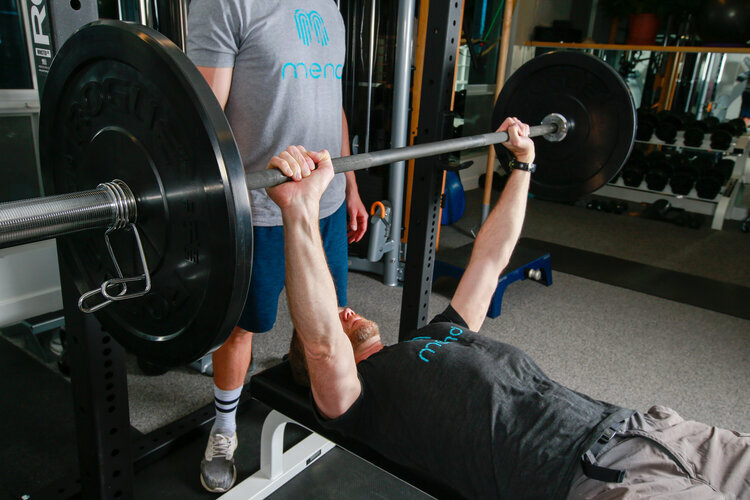Muscle strength is correlated with many important clinical outcomes including fall risk, injury risk, sports performance, functional capacity, and quality of life. These adaptations occur when a muscle is asked to repeatedly perform higher volumes of work or exercise creating positive adaptations within the nervous system and muscle. Over simplistic repetition ranges are available to guide a participants choice of weight based on their goals (power, strength, muscle growth, and endurance), but research continues to show significant cross over between these rep ranges and the participant’s performance. A recent randomized controlled trial shows how multiple rep ranges can achieve muscle growth.
Kubo and colleagues assessed the muscular adaptations of strength and muscle growth in response to three resistance training programs (J Strength Cond Res. 2021). Participants were randomized to one of 4 groups over a 10 week period.
Control group
High Load – 4 repetition max (RM) x 7 sets
Intermediate Load – 8 RM x 4 sets
Low Load – 12 RM x 3 sets
Authors controlled the total volume of work (reps, sets, weight) between groups and each participant exercised twice per week for 10 weeks. Interestingly, all groups increased muscle size but no significant differences were found between exercise groups. Conversely, increases in muscle strength were smallest in the 12 RM group compared to higher load groups.
Click Here to find out the best exercises for your health and fitness goals

